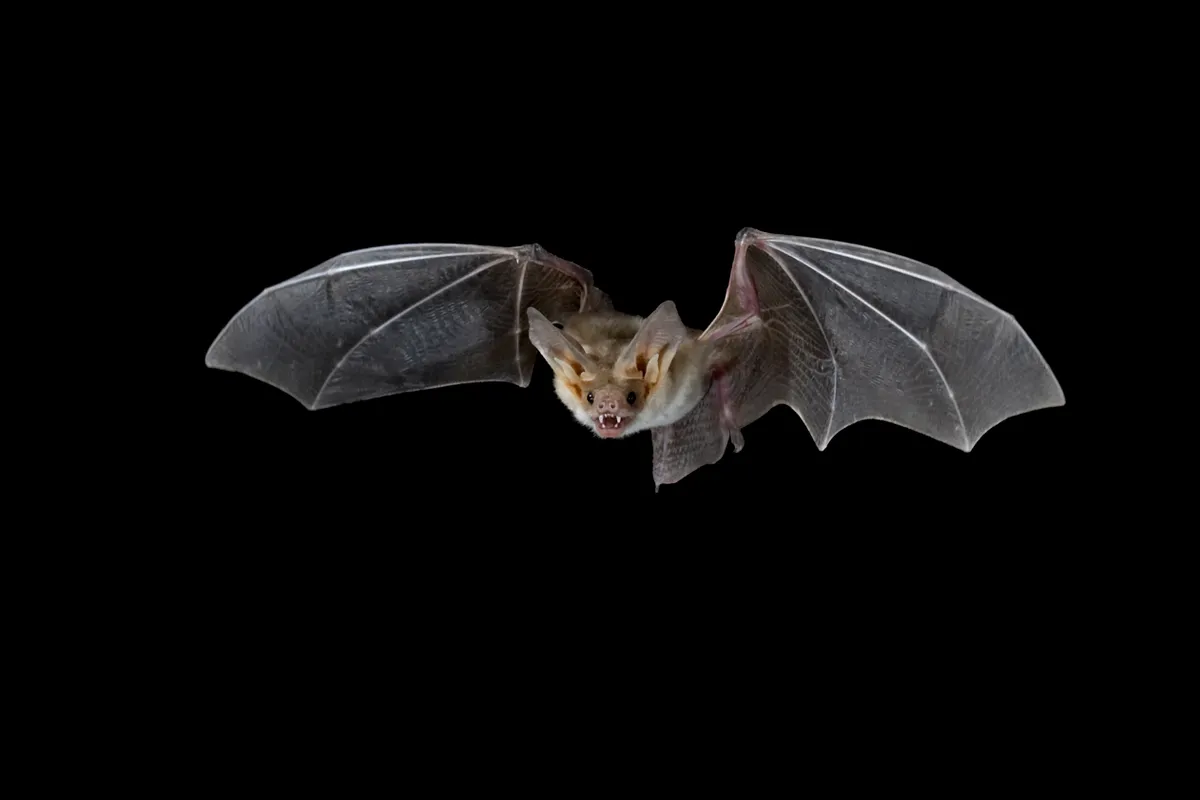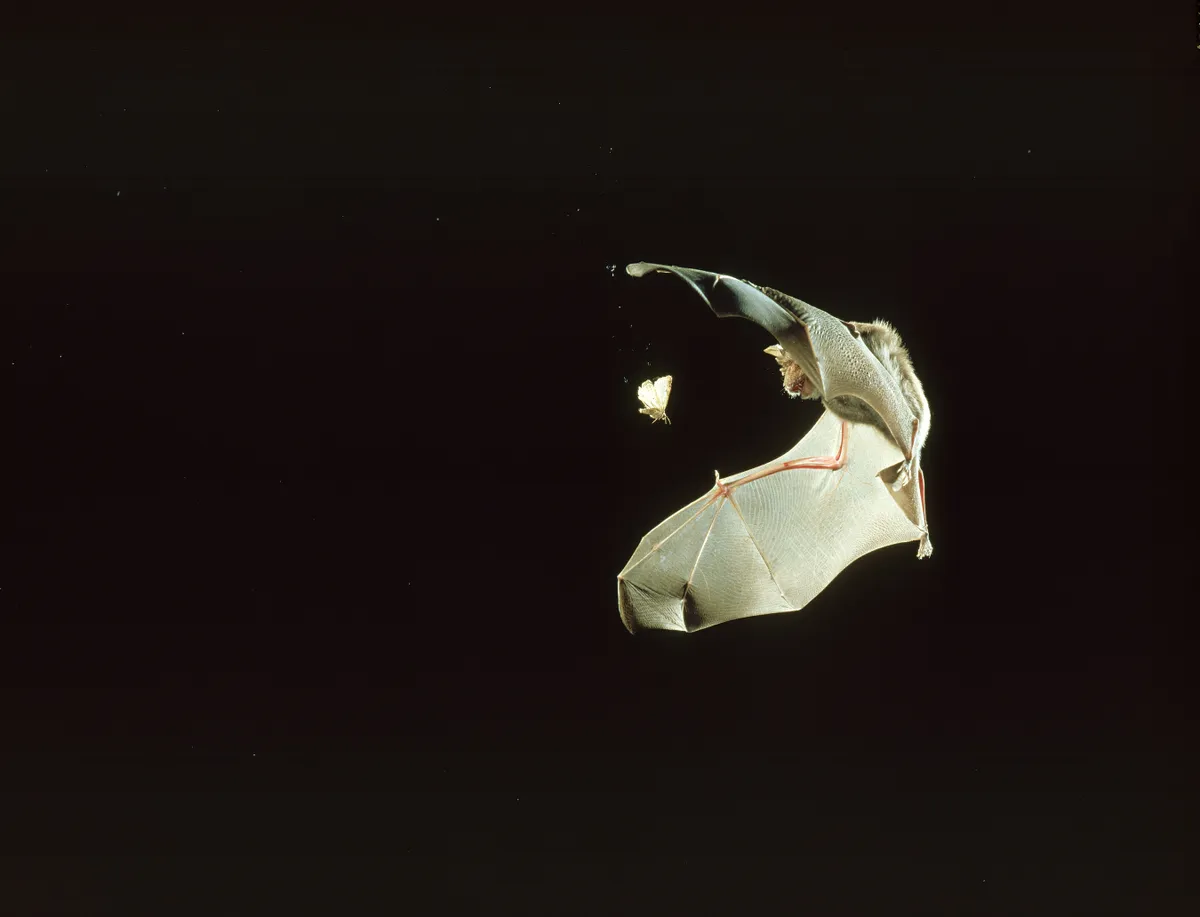Echolocation is a technique used by bats, dolphins and other animals to determine the location of objects using reflected sound. This allows the animals to move around in pitch darkness, so they can navigate, hunt, identify friends and enemies, and avoid obstacles.
Which animals use echolocation?
Bats, whales, dolphins, a few birds like the nocturnal oilbird and some swiftlets, some shrews and the similar tenrec (one of the weirdest animals in the world) from Madagascar are all known to echolocate. Another possible candidate is the hedgehog, and incredibly some blind people have also developed the ability to echolocate.

Why did echolocation evolve in animals?
For dolphins and toothed whales, this technique enables them to see in muddy waters or dark ocean depths, and may even have evolved so that they can chase squid and other deep-diving species.
Echolocation allows bats to fly at night as well as in dark caves. This is a skill they probably developed so they could locate night-flying insects that birds can’t find.

How do dolphins use echolocation?
Dolphins and whales use echolocation by bouncing high-pitched clicking sounds off underwater objects, similar to shouting and listening for echoes. The sounds are made by squeezing air through nasal passages near the blowhole. These soundwaves then pass into the forehead, where a big blob of fat called the melon focuses them into a beam.
If the echolocating call hits something, the reflected sound is picked up through the animal’s lower jaw and passed to its ears. Echolocating sounds are so loud that the ears of dolphins and whales are shielded to protect them. Dolphins and whales use this method to work out an object’s distance, direction, speed, density and size.

Using echolocation, dolphins can detect an object the size of a golfball about the length of a football pitch away – much further than they can see. By moving its head to aim the sound beam at different parts of a fish, a dolphin can also differentiate between species.
How do bats use echolocation?
Bats make echolocating sounds in their larynxes and emit them through their mouths. Fortunately, most are too high-pitched for humans to hear – some bats can scream at up to 140 decibels, as loud as a jet engine 30m away.

Bats can detect an insect up to 5m away, work out its size and hardness, and can also avoid wires as fine as human hairs. As a bat closes in for the kill, it cranks up its calls to pinpoint the prey.
To avoid being deafened by its own calls, a bat turns off its middle ear just before calling, restoring its hearing a split second later to listen for echoes.
How do other animals use echolocation?
The oilbird is active at night, and some insect-eating swiftlets roost in dark caves, so it makes sense for them to have evolved the ability to echolocate. Both use sharp, audible clicks to navigate through the darkness.
Some nocturnal shrews use ultrasonic squeaks to explore their dark surroundings, and the shrew-like tenrecs of Madagascar echolocate at night using tongue clicks, possibly to find food.
Hedgehogs use ultrasonic whistles, they've got excellent hearing and they live in similar habitats to tenrecs and shrews, but we haven't yet been able to confirm that they echolocate for certain.
Another intriguing possibility is humans – many blind people can find their way around simply by listening to echoes bouncing off surrounding objects, and some expert human echolocators make short high clicks similar to those found in nature.
